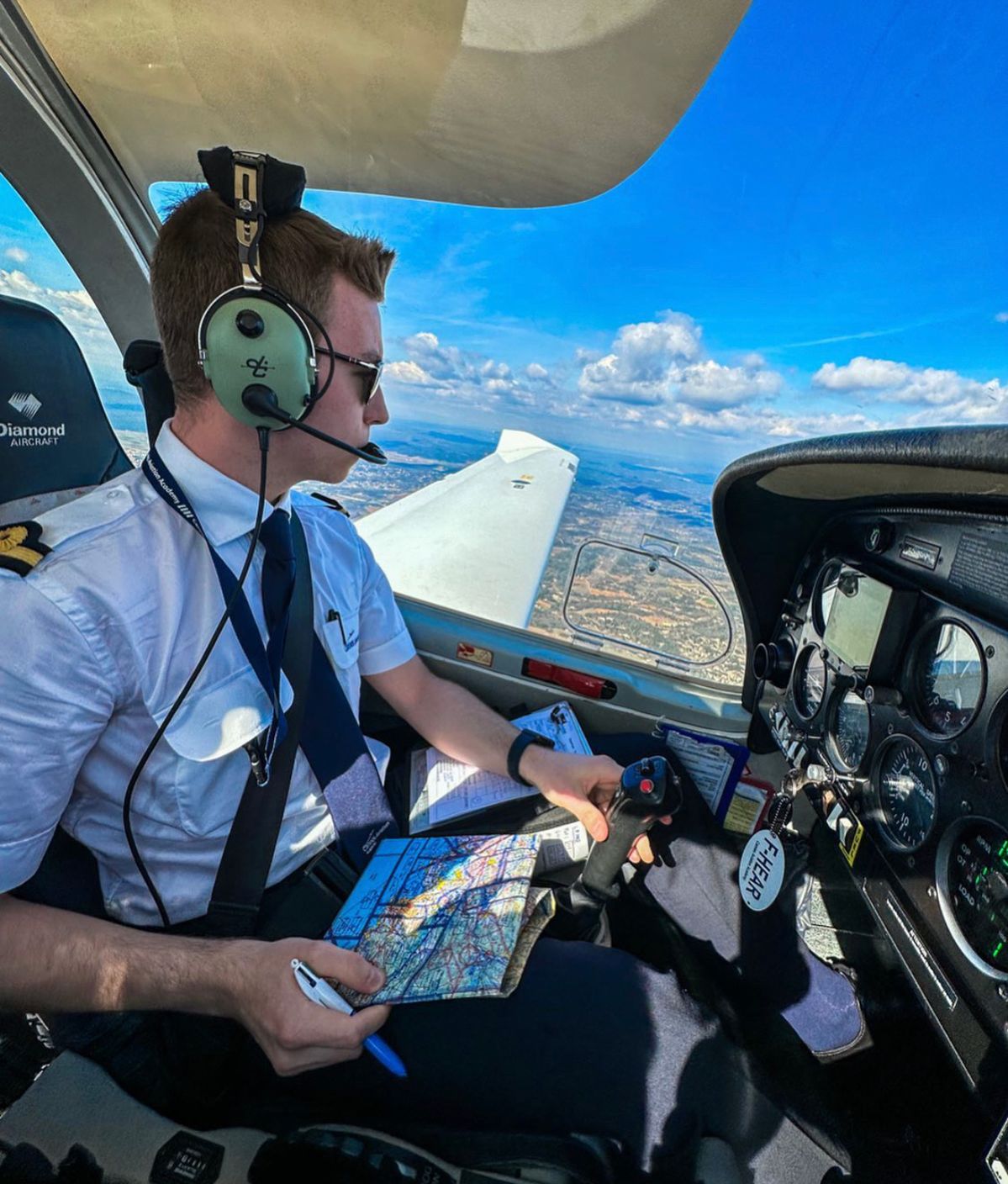
Private Pilot Licence – PPL(A) | EASA Approved

Private Pilot Licence – PPL(A) | EASA Approved
The EASA PPL(A) course is the first step into the world of aviation. It equips aspiring pilots with the fundamental knowledge and skills required to safely operate single-engine piston (SEP) aircraft under Visual Flight Rules (VFR). With this licence, you can fly as Pilot-in-Command (PIC) on non-commercial flights across Europe and beyond, and it serves as the foundation for advanced training like the CPL(A) or ATPL(A).
Why Do You Need This?
Enhanced Flight Proficiency
Master essential skills such as aircraft controls, navigation, flight planning, and radio communication procedures. This training builds the confidence you need to fly safely and effectively in various scenarios.
Instruction from Expert Pilots
Learn from highly experienced instructors with backgrounds in both commercial airlines and general aviation. Their expertise will provide you with invaluable insights and guidance throughout your training.
Training in Ideal Weather Conditions
Enjoy year-round flight training in Athens, Greece, known for its excellent weather. Consistent flying conditions ensure steady progress and help you complete the course in a timely manner.
Pathway to a Professional Career
The PPL(A) licence is the first step towards a full-time career as a pilot. It lays the groundwork for more advanced qualifications like the Commercial Pilot Licence (CPL) or Airline Transport Pilot Licence (ATPL).
Career Opportunity
Pilot-in-Command
Fly single-engine piston aircraft as the Pilot-in-Command for personal and recreational purposes.
Flight Hour Builder
Accumulate the necessary flight hours required for advanced commercial pilot training, paving your way toward CPL(A) or ATPL(A) qualifications.
Recreational Flying
Enjoy the freedom of flying across Europe and in ICAO-recognized countries for leisure and travel.

Foundation for a Pilot Career
The PPL(A) is your first step on the path to becoming a professional pilot with an airline or other commercial aviation entity.
Frequently Asked Questions
Can I work as a commercial pilot with a PPL(A)?
No, the PPL(A) is for private and recreational flying. To fly commercially, you must continue your training for a CPL(A) or ATPL(A) licence.
How long will it take me to finish the course?
It typically takes 6 to 8 months, depending on your individual progress and availability for training.
Is the EASA PPL(A) valid internationally?
Yes, it is recognized across Europe and by ICAO member states, although local validations may be required outside of EASA member states.
Requirements Criteria
Minimum age of 17 years at the start of training.
Must hold a valid EASA Class 2 Medical Certificate.
A high school diploma or equivalent educational background is required.
Proficiency in the English language at ICAO Level 4 is essential.
No prior flying experience is needed as this is a foundational course
-
Ground School Lectures
The course includes 100+ hours of ground school lectures covering crucial subjects like Air Law, Navigation, Meteorology, and Communications. -
Hands-on Flight Training
A minimum of 45 hours of practical training, including dual and solo flights. This segment also covers essential cross-country navigation exercises. -
Practical Assignments & Briefings
Before and after each flight, you will participate in pre-flight and post-flight briefings. This helps you master flight preparation and analysis skills. -
Textbooks and Digital Notes
You will be provided with necessary textbooks and digital notes for each ground school subject. These materials are essential for building a strong theoretical foundation. -
Quizzes and Exam Preparation
To assess your knowledge and prepare you for the final exams, the course includes regular quizzes and dedicated exam preparation sessions.
Ready to Enroll in Private Pilot Licence – PPL(A) | EASA Approved?
Click the button below to start your enrollment process and take the first step towards enhancing your skills!



